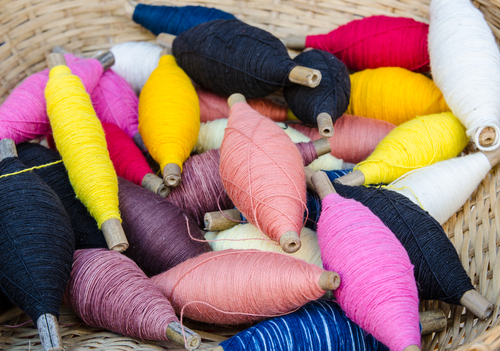
Satin Fabric Guide
Satin fabric is one of the most loved fabrics of almost every person, especially women. The main reason for this is the extreme luster and softness of this supreme fabric. Satin is actually weaved from silk; no wonder, most people use this as an alternative to the queen of fabrics. Besides, satin is also one of the most favorite choices for the Royal robes and is considered as a luxurious fabric material.
History and Origin of Satin
The origin of satin was in the city of Zayton in China, from where it got the name. From China, the fabric was exported to different parts of the world because of its immense popularity, especially during 12th and 13th Century. Since this fabric was made from silk thread, it was really expensive and was mainly used in Royal clothes then. However, with the industrial revolution and the invention of power looms, satin became comparatively less expensive gradually and is accessible to everyone today.
Satin was originally weaved using the process of twill weaving out of low-twist yarns. Here, four horizontal yarns covered by single yarn known as weft threads that create an interlacing pattern is used in order to give the perfect smoothness to the fabric. Other than silk, satin can also be created from wool, polyester, and cotton, and depending upon this, the price of the satin fabric will vary.
The Fabric
Do not confuse satin fabric with “sateen”, which is formed when a satin interlace is applied to cotton. In order to identify the correct fabric, check for its distinct features such as glossiness and smoothness. Additionally, you can only see these features on one side of satin, whereas the other side will be dull or matte; it will be hard for the designers to deal with satin as well because of its slippery nature.
Suitability
Satin is one of the most elegant and stylish fabric that is mainly used in the clothes of women. The durability and comfort offered by satin also adds to this. These factors also make it suitable to design many types of apparel, especially bridal gowns and other accessories such as jackets, athletic tracks, ballet shoes, etc.
Maintenance
Since satin is a delicate fabric, it must be well maintained in order to preserve the sheer elegance of the fabric. For this, dry-clean the clothes if it is woven using silk; else, you can wash it using mild detergents. Furthermore, never try to wring your satin clothes in order to dry it; instead, hang them and let it air-dry. While ironing, make sure that you iron on the dull side and also maintain a low temperature.

